
Scientists at the U.S. Department of Energy’s Brookhaven National Laboratory, in collaboration with researchers from 11 institutions in the U.S., Russia, Japan, and Germany, today announced an experimental result that directly confronts the so-called Standard Model of particle physics. “This work could open up a whole new world of exploration for physicists interested in new theories, such as supersymmetry, which extend the Standard Model,” says Boston University physicist Lee Roberts, co-spokesperson for the experiment.
The Standard Model is an overall theory of particle physics that has withstood rigorous experimental challenge for 30 years. The Brookhaven finding — a precision measurement of something called the anomalous magnetic moment of the muon, a type of subatomic particle — deviates from the value predicted by the Standard Model. This indicates that other physical theories that go beyond the assumptions of the Standard Model may now be open to experimental exploration. The results were reported today at a special colloquium at Brookhaven Lab and have been submitted to Physical Review Letters.
Scientists at Brookhaven, doing research at an experiment dubbed the muon g-2 (pronounced gee-minus-two), have been collecting data since 1997. Until late last week, they did not know whether their work would confirm the prediction of the Standard Model. “We are now 99 percent sure that the present Standard Model calculations cannot describe our data,” says Brookhaven physicist Gerry Bunce, project manager for the experiment.
The g-2 values for electrons and muons are among the most precisely known quantities in physics — and have been in good agreement with the Standard Model. The g-2 value measures the effects of the strong, weak, and electromagnetic forces on a characteristic of these particles known as “spin” — somewhat similar to the spin of a toy top. Using Standard Model principles, theorists have calculated with great precision how the spin of a muon, a particle similar to but heavier than the electron, would be affected as it moves through a magnetic field. Previous experimental measurements of this g-2 value agreed with the theorists’ calculations, and this has been a major success of the Standard Model.
The scientists and engineers at Brookhaven, however — using a very intense source of muons, the world’s largest superconducting magnet, and very precise and sensitive detectors — have measured g-2 to a much higher level of precision. The new result is numerically greater than the prediction. “There appears to be a significant difference between our experimental value and the theoretical value from the Standard Model,” says Yale physicist Vernon Hughes, who initiated the new measurement and is co-spokesperson for the experiment.
“There are three possibilities for the interpretation of this result,” he says. “Firstly, new physics beyond the Standard Model, such as supersymmetry, is being seen. Secondly, there is a small statistical probability that the experimental and theoretical values are consistent. Thirdly, although unlikely, the history of science in general has taught us that there is always the possibility of mistakes in experiments and theories.”
“Many people believe that the discovery of supersymmetry [a theory that predicts the existence of companion particles for all the known particles] may be just around the corner,” Roberts says. “We may have opened the first tiny window to that world.”
All the physicists agree that further study is needed. And they still have a year’s worth of data to analyze. “When we analyze the data from the experiment’s year 2000 run, we’ll reduce the level of error by a factor of 2,” says physicist William Morse, Brookhaven resident spokesperson for g-2. The team expects that analysis to come within the next year. Furthermore, Hughes adds, substantial additional data that have not yet been used in evaluating the theoretical value of g-2 are now available from accelerators in Russia, China, and at Cornell University. These data could reduce significantly the error in the theoretical value.





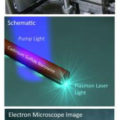



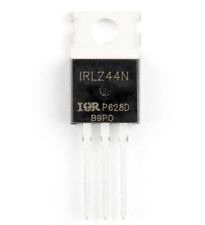
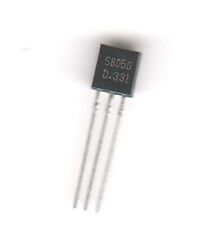

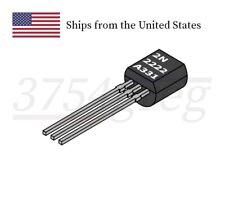

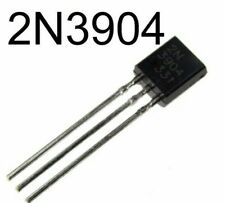

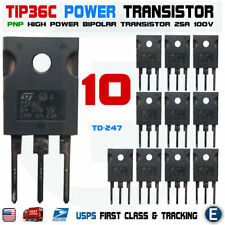
Comments are closed.